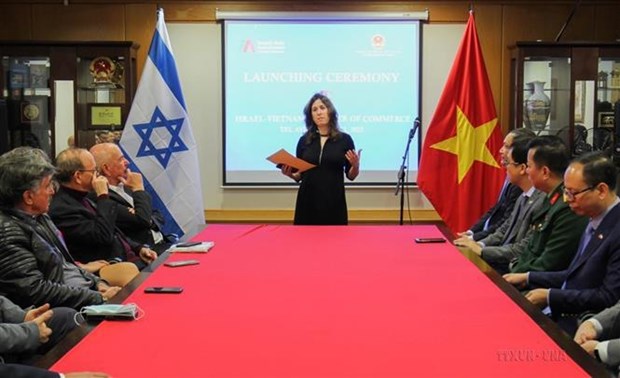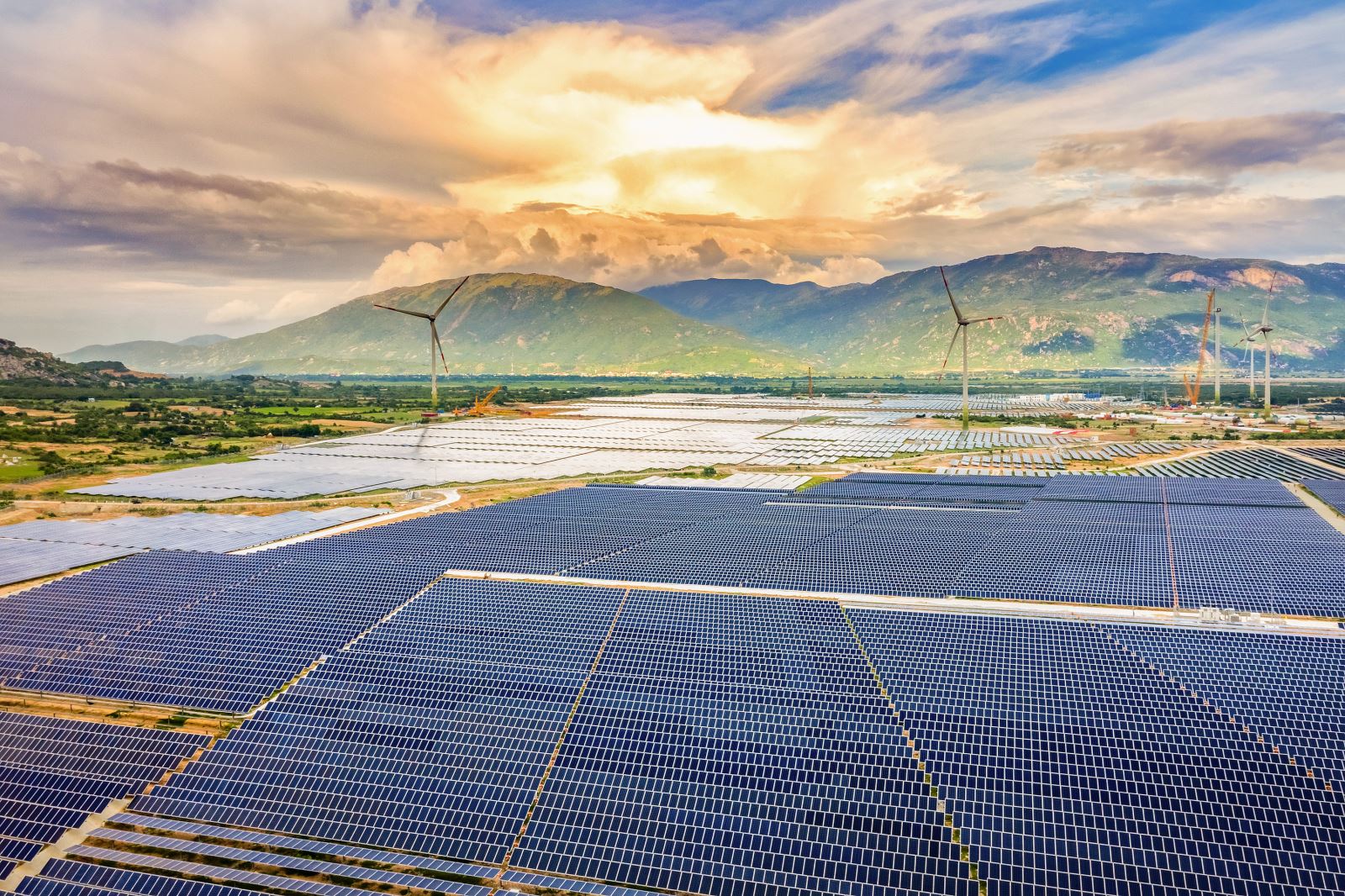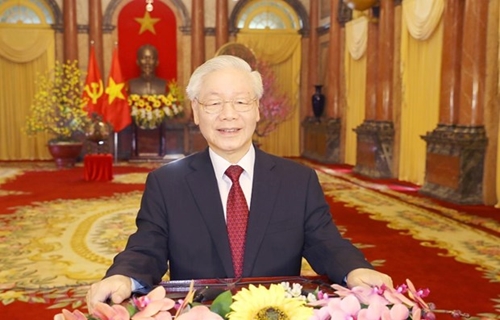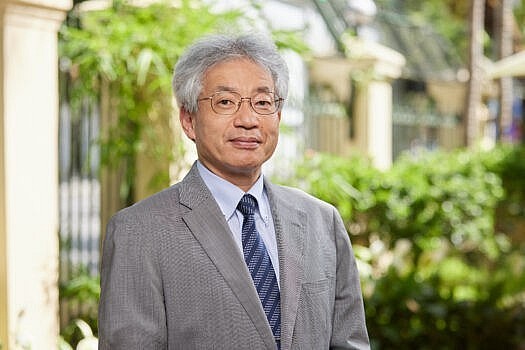 |
| Doi Katsuma, Director of the Japan Foundation Center for Cultural Exchange in Vietnam. |
Doi Katsuma, Director of the Japan Foundation Center for Cultural Exchange in Vietnam:
Getting closer through culture
For Japanese culture to be more effectively introduced to the Vietnamese people, I think that when we hold exhibitions at the Center, we should not let the audience only glance at one artwork and immediately move to another. I think they need to really look into it, reflect on and have a dialogue with it, thereby gaining a deeper understanding of the artwork.
The Center sees each event to meet Vietnamese audiences as an opportunity for the two sides to further understand each other. In the coming time, the Center will introduce Japanese culture to Vietnam through three approaches: through individuals, through objects, artworks, and through Japanese society.
The first approach is individuals. We present to the Vietnamese people the discipline and credibility of the Japanese through public culture and respect for the space of others as how they queue up, join traffic, and throw trash. The Center will also invite artists and experts from Japan so the Vietnamese can see such characteristics in them. When Vietnamese visit Japan, they can also see with their own eyes those features, and further discuss them.
The second approach introduces objects, artifacts, and artworks. The Center will choose signature and outstanding cultural activities of Japan to hold exhibitions in Vietnam such as a display of beautiful Ikebana flower arrangements, an exhibition of ceramics, and introductions to films, literature works, and plays.
The third one will convey Japanese culture through social issues in Japan. For example, social structure and politics can be performed through lectures or thematic studies.
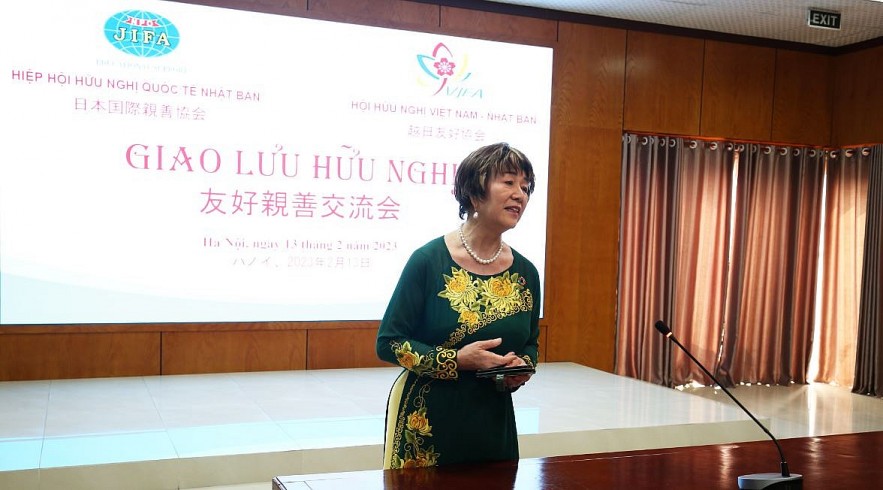 |
| Ikeda Setsuko, President of the Japan International Friendship Association (JIFA). |
Ikeda Setsuko, President of the Japan International Friendship Association (JIFA):
Towards Zero Fees for Vietnamese interns
The number of Vietnamese trainees accounted for 56% of the foreign trainees in Japan. According to a survey by Japanese authorities, the average training fee and loan of a Vietnamese technical intern in Japan is JPY 670,000 (about VND 120 million), the highest level among 15 countries sending trainees to Japan. There are many reasons leading to this situation such as not having access to accurate information and high brokerage costs.
To eliminate the situation, JIFA is implementing a grassroots technical support project for the low-cost labor export program to Japan (named Zero Fees). Since 2014, Ha Tinh is the first province to implement the project. Zero Fees selects two excellent students from each district and sponsors them with tuition fees for four schoolyears from grade 9 until they graduate from high school and help them to realize their dream of coming to Japan without being in debt. Up to now, we have supported about 600 trainees with difficult circumstances in Ha Tinh.
In the coming time, JIFA will also send Japanese teachers to Ha Tinh to improve the quality of Japanese language teaching and equip Vietnamese trainees with life skills and understanding of Japanese culture. While working in Japan, interns gain experience and learn Japanese working and management styles. Thereby, the project creates quality human resources for Vietnam. When the trainees return to their homeland, they will help attract foreign investment, including that from Japanese enterprises.
It will be a long journey to realize the goal of bringing Vietnamese interns to Japan free of charge, but it will be shorter if recruitment agencies, businesses, and authorities join hands with us so that workers do not have to suffer high fees. JIFA has discussed and worked with many Japanese businesses about the Zero Fees project. Many of them agreed to reduce costs to the lowest level for workers who want to find jobs in Japan.
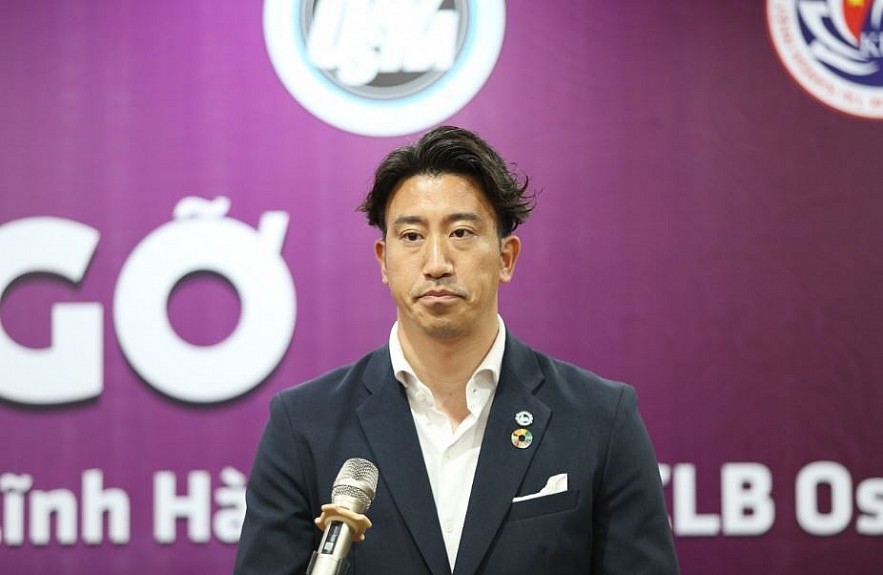 |
| Yusuke Kondo, President of FC Osaka (Japan). |
Yusuke Kondo, President of FC Osaka (Japan):
Let's play football together
About 2,000 Vietnamese people are living and working in East Osaka where FC Osaka is located. This year, to celebrate the 50th anniversary of the Vietnam - Japan diplomatic relations, Osaka football club hopes to come to Vietnam to sign cooperation agreements with Vietnamese football clubs so that the relationship between the two countries is better developed in this area.
Through cooperation between football clubs, I hope Vietnamese people in Japan have the opportunity to watch Vietnamese clubs play in Japan. I hope that Vietnamese football develops faster and that Vietnamese and Japanese football become more connected. I wish this sport could be a bridge to expand people-to-people exchanges.
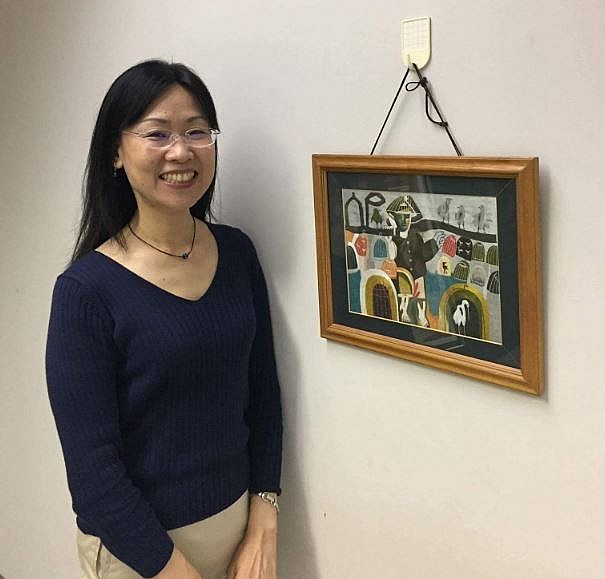 |
| Ako Akiba, advisor of Kyushu - Vietnam Friendship Association. |
Ako Akiba, advisor of Kyushu - Vietnam Friendship Association:
Understanding each other through movies
I started making Japanese subtitles for Vietnamese films in 1990 when I collaborated with the Asia Focus Fukuoka International Film Festival. To date, I have translated subtitles for 50 Vietnamese films both new and classic, such as: I see yellow flowers on green grass, Rom, Pao's Story, and The Vertical Ray of the Sun. Besides making subtitles, I also work as an interpreter for Vietnamese film crews to attend film festivals in Japan.
The good relations between Japan and Vietnam are built from solidarity, people-to-people exchanges, and affection between the two countries. In the coming time, I hope the two countries further strengthen cooperation in the field of cinema. There are many film screenings and film exchanges between Vietnam and Japan. Through activities to introduce famous Vietnamese films, Japanese people will understand more about the country and people of Vietnam.
 |
| Architect Kosuke Osawa (Saitama, Japan). |
Architect Kosuke Osawa (Saitama, Japan):
Lessons on house design
Cities in Vietnam have a lot of community space on the street. The Japanese people can learn from Vietnam on how to create a community living space in a residential area.
Traditional Vietnamese houses have a wind circulation system, but many modern apartments do not. The apartments, built later, often have their balconies cut off. They only have windows using a lot of glass which raises the indoor temperature, in the summer you will have to draw the curtains. Glass and curtains make the apartment look modern but not very usable. With this architecture, you will need a lot of energy to run the air conditioning system.
To solve this problem, I think that apartments should have balcony space. They should not overuse glass and have methods like sunblocks to reduce the amount of sunlight reaching the house.
Meanwhile, with reasonable architecture and taking advantage of natural energy, Japanese houses consume less energy than Vietnamese houses. Therefore, Vietnam and Japan can cooperate on knowledge and techniques for the efficient energy use of buildings and energy saving of constructions.
In waste treatment and environmental pollution, Japan has a lot of knowledge and experience. For example, garbage collection centers (incinerators) in Japan give off very clean air, and they use the energy from this air for public baths or public hot water. This is something that Vietnam should also refer to.
Q.Hoa t.h / Vietnamtimes

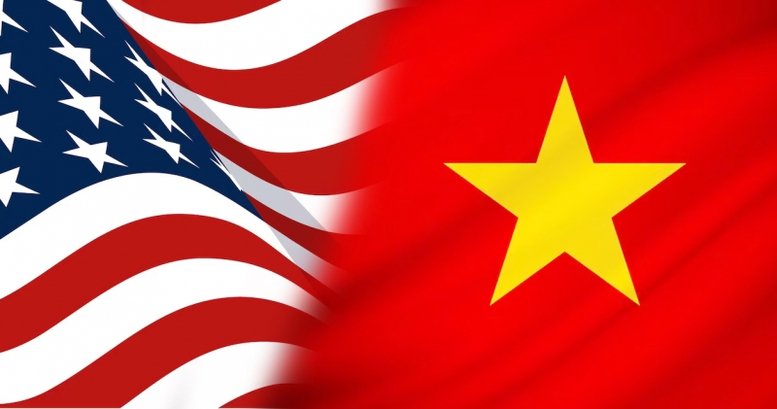

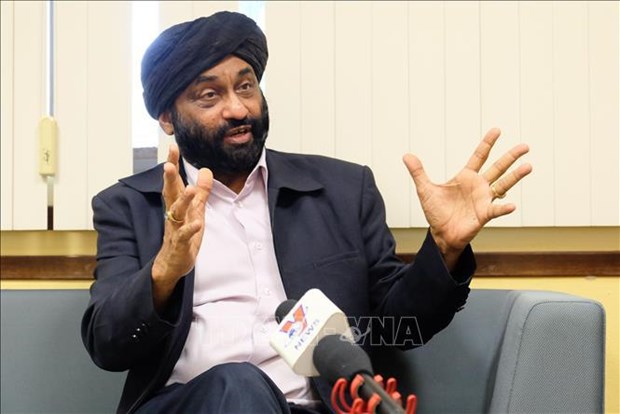
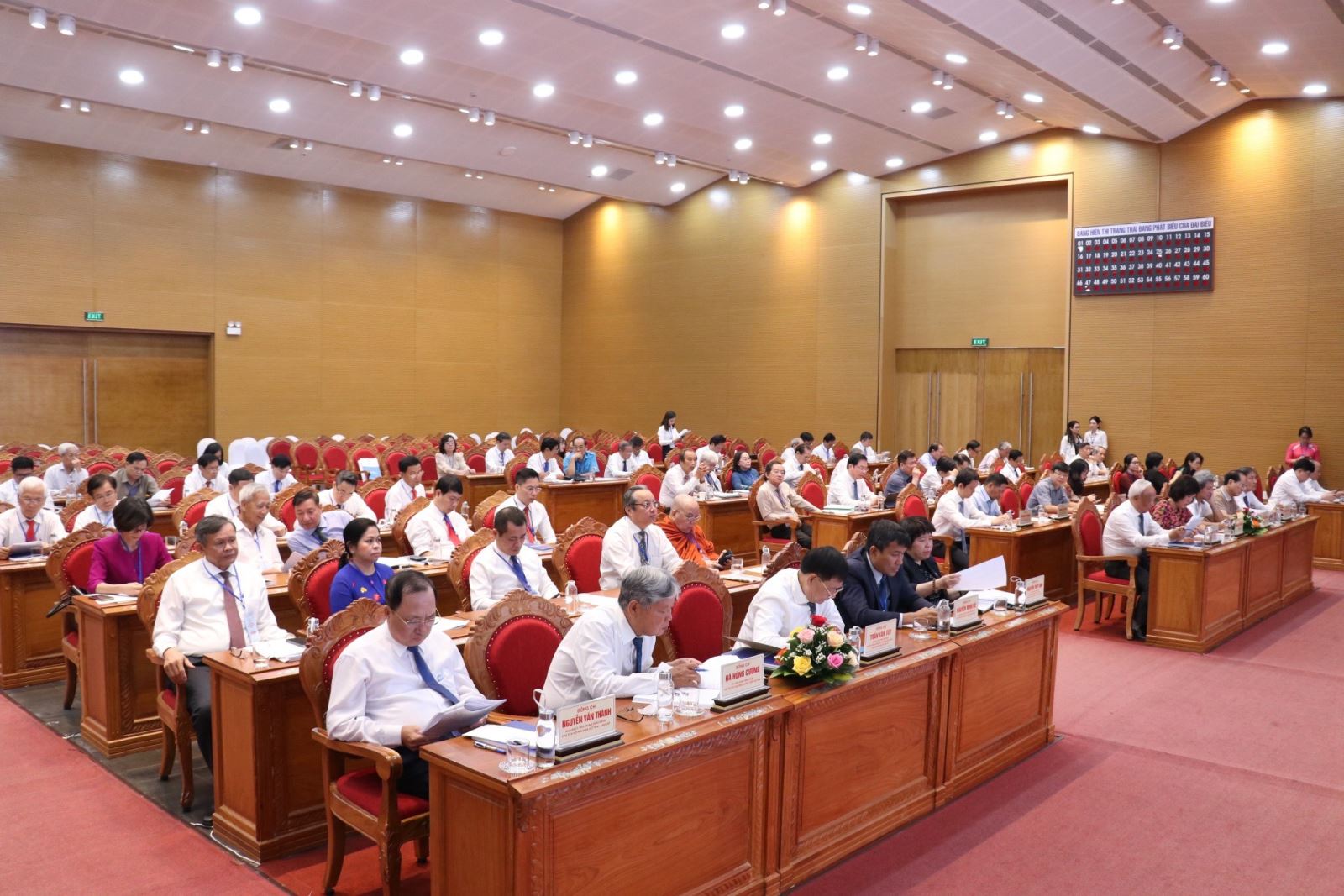
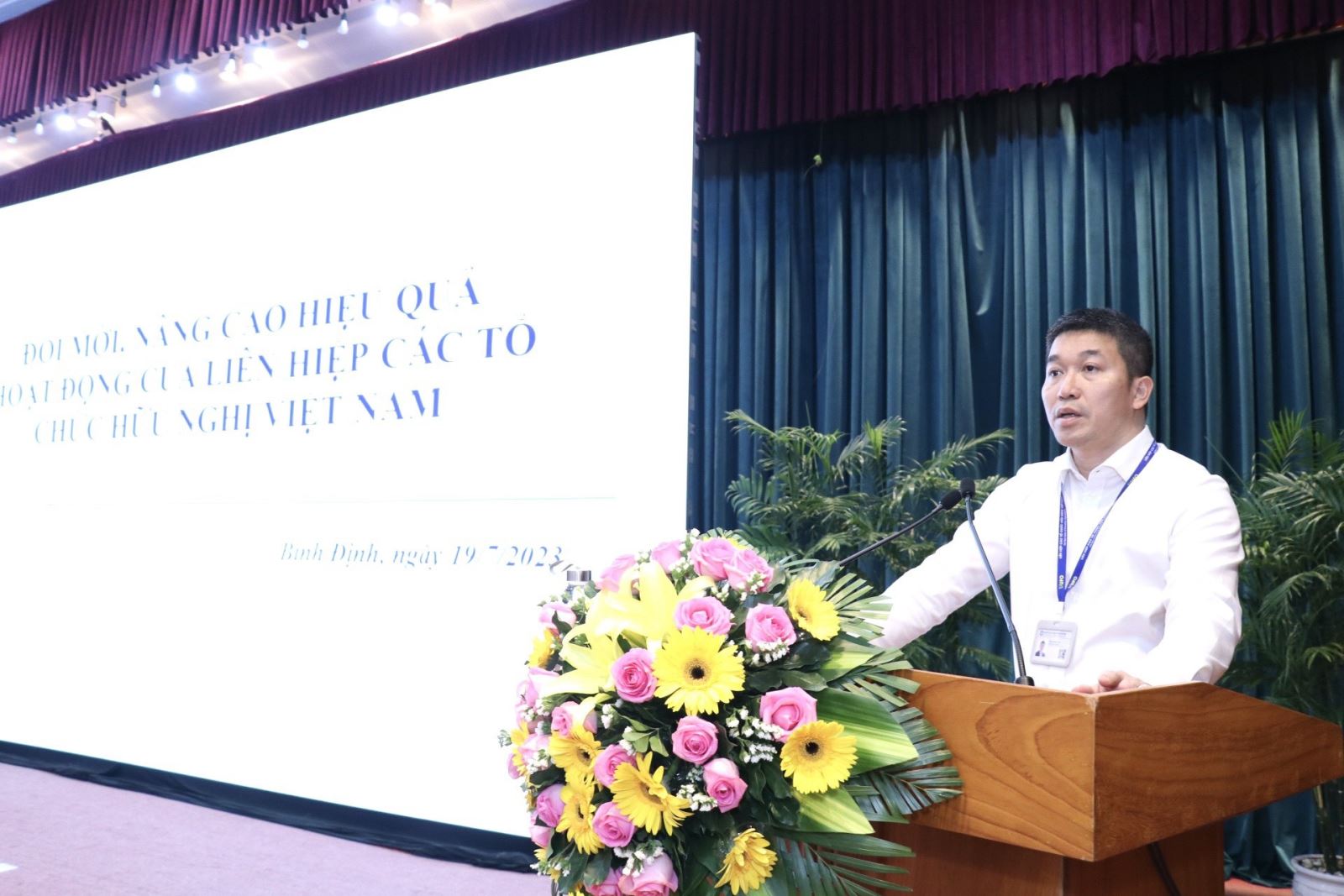
.jpg)
